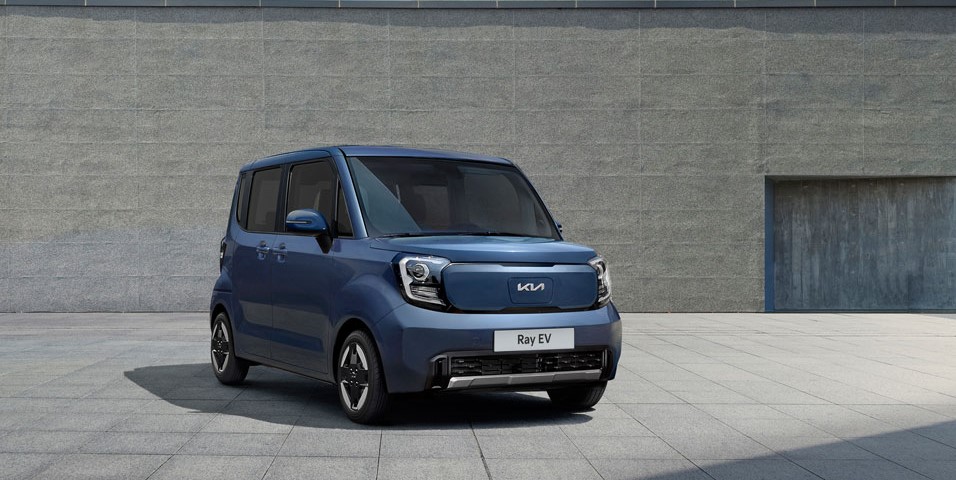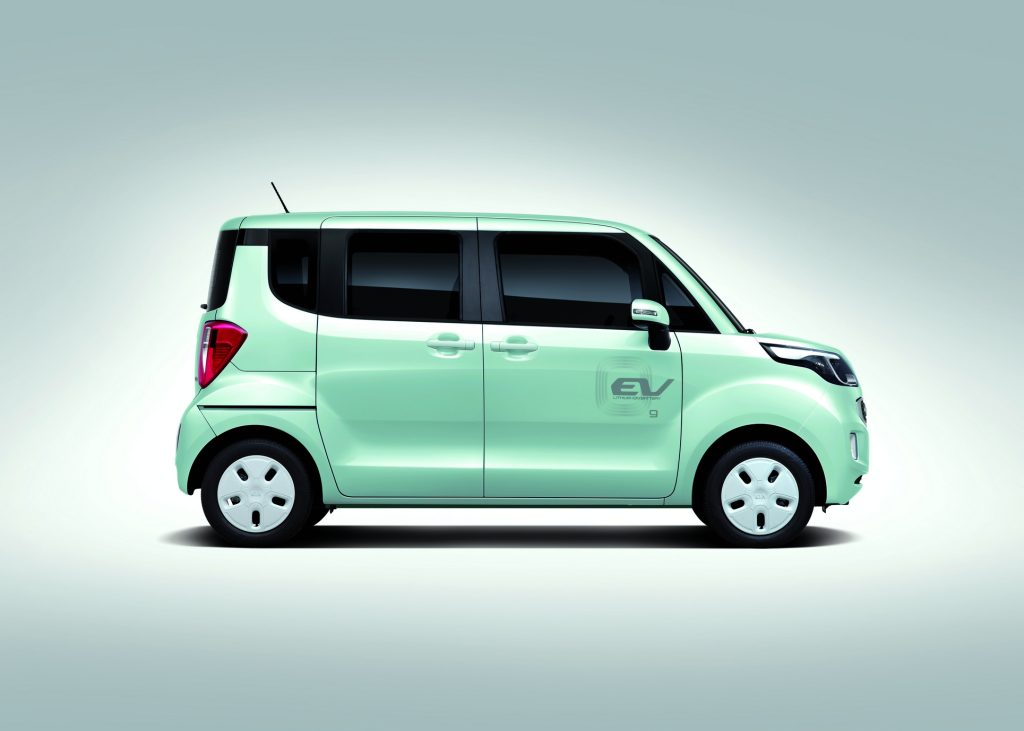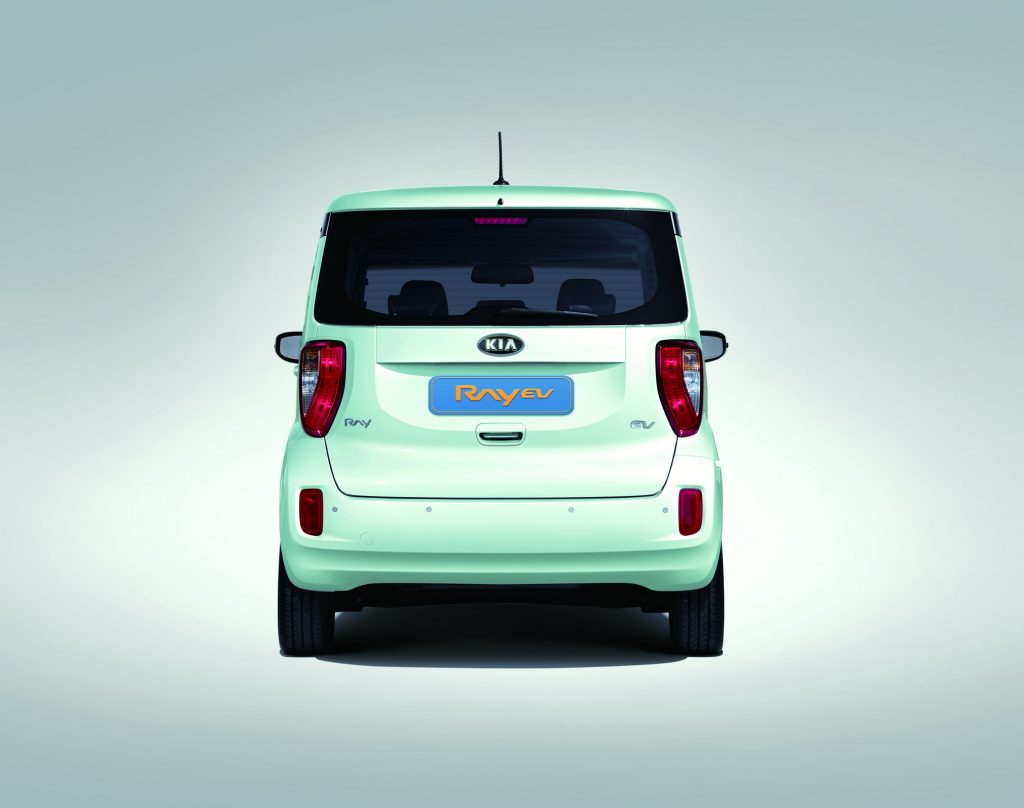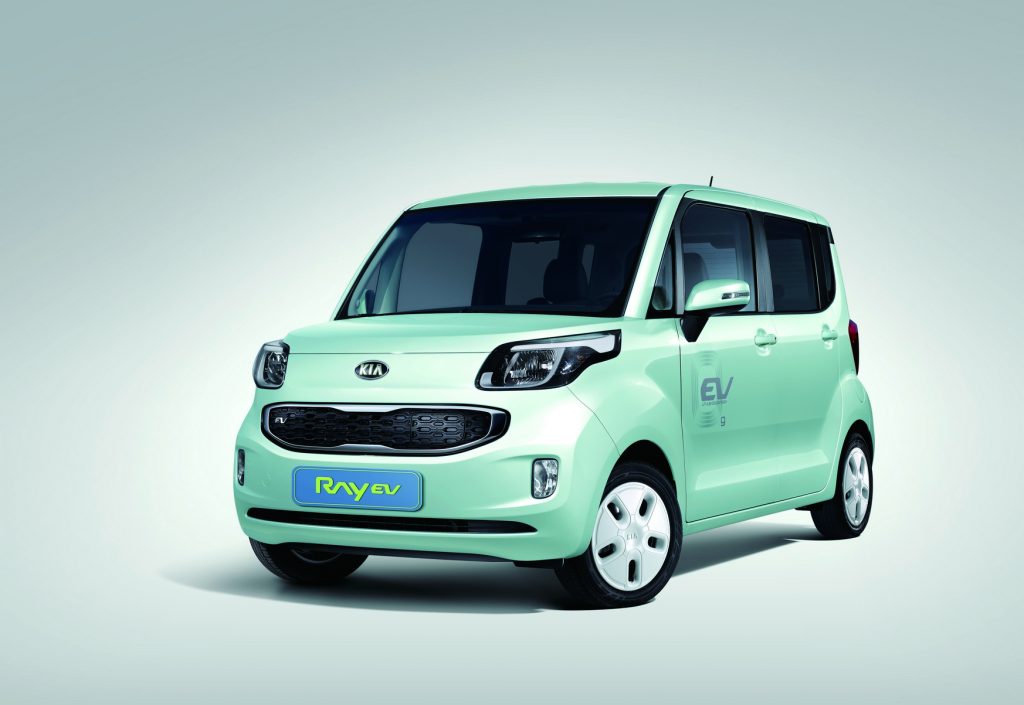
On Wednesday, Kia unveiled “The New Kia Ray,” an entry-level EV designed to meet the growing demand for affordable all-electric options. Pre-orders for Kia’s new EV will open on Thursday, August 24, starting at 27.35 million won (about $20,500).
Kia reboots the Ray EV as a new image emerges
South Korea’s first production EV is back. Electrek caught wind that Kia was planning to revive the Ray EV after a Kia official told KED Global that “the new Ray EV is set to expand customers’ options with a mileage of more than 200 km, optimized driving performance for the metropolitan center and spacious interior.”
The Kia official added, “It’s the best choice for customers waiting for an entry electric minicar.” The reports turned out to be accurate as Kia officially announced “The New Kia Ray” on Wednesday.
Kia said pre-orders for the new Ray EV will begin on Thursday, August 24. Based on the gas-powered version design, the Ray EV features updated “EV-specific” elements, such as a front center garnish with a charging port.
The inside is modernized with a column-type electronic shift lever, including a 10.25-inch instrument cluster. Meanwhile, the central console includes new air conditioning, display, and storage space.

The Ray EV will come in six exterior colors, including the new smoke blue (shown above). Inside will feature two shades, light gray or black.
Powered by a 32.2 kWh LFP battery and improved aerodynamics, the new electric entry-level car can travel 205 km (127 mi). If you’re traveling in the city, that number bumps up to 233 km (144 mi). The Ray EV’s electric motor has 64.3 kW (86 hp) maximum output and 147 Nm max torque.



Although it may not seem like much compared to larger EVs in the US, these figures are up 15% and 55%, respectively, compared to the gas-powered Ray.
With a 150 kW fast charger, the Ray EV can charge from 10% to 80% in 40 minutes, while a 7 kW slow charger would take six hours to go from 10% to 100%.
For the first time in Korea’s compact car class, the vehicle includes an electronic brake and an electronic parking brake.

All seats can be folded flat, enabling a wide-open interior space to make it even more convenient for traveling or business. In addition, a dedicated “utility mode” allows the vehicle’s electric devices, such as the air conditioning and audio, to be used for an extended period while not driving. This can be useful for camping, resting, or working.
The new 1-seater Ray EV starts at 27.35 million won ($20,500), with several different passenger options. These include:
| Kia Ray EV trim | Cost | USD |
| 4-seater | Light: 27.75 million won Air: 29.55 million won |
$20,836 $22,187 |
| 2-seater | Light: 27.45 million won Air: 27.95 million won |
$20,611 $20,986 |
| 1-seater | Light: 27.35 million won Air: 27.80 million won |
$20,536 $20,873 |
A Kia official commented on the new model: “The Ray EV is an urban entry EV optimized for city driving based on a reasonable price range, and we expect it to serve as a catalyst to further accelerate the trend of electrification.”
Kia will open pre-orders for the new Ray EV on Thursday, August 24. However, the electric minicar will not make the trip overseas as it’s designed to boost sales in its home market.
Industry sources predict the new electric car will help revamp South Korea’s minicar segment, with expectations that it will place in the top 10 best-selling cars. Small electric vehicles are in high demand, and several automakers are already taking advantage of that fact.
Nissan’s Sakura electric minicar looks to be a “game changer” for the Japanese market, starting at 2,333,100 yen ($16,000). The automaker said at the end of July that the mini EV collected over 50,000 orders.
With the new Ray EV launching, Kia plans to provide electric options in each class, including the Niro EV, EV6, EV9, and upcoming EV5.
Author: Peter Johnson
Source: Electrek



